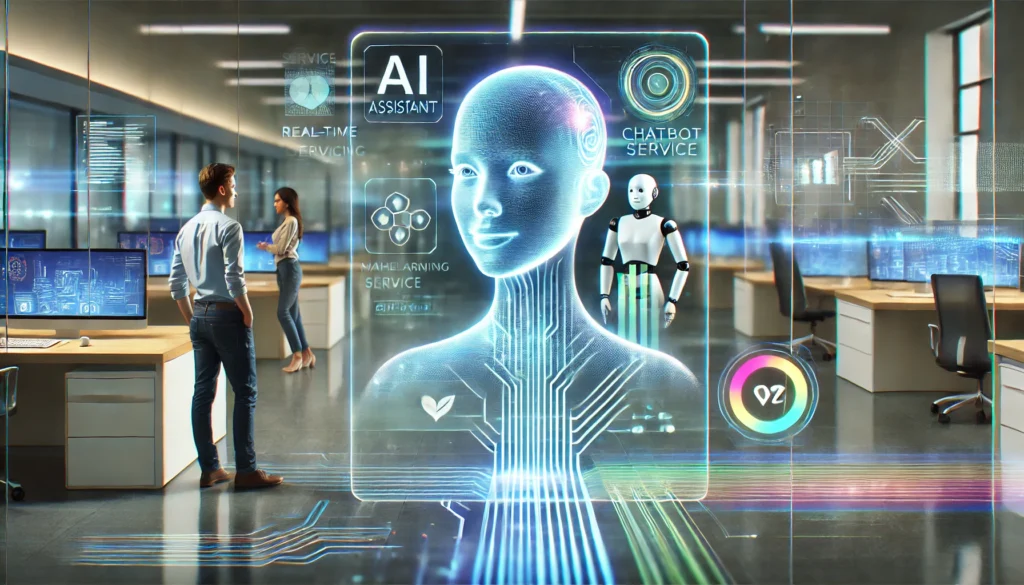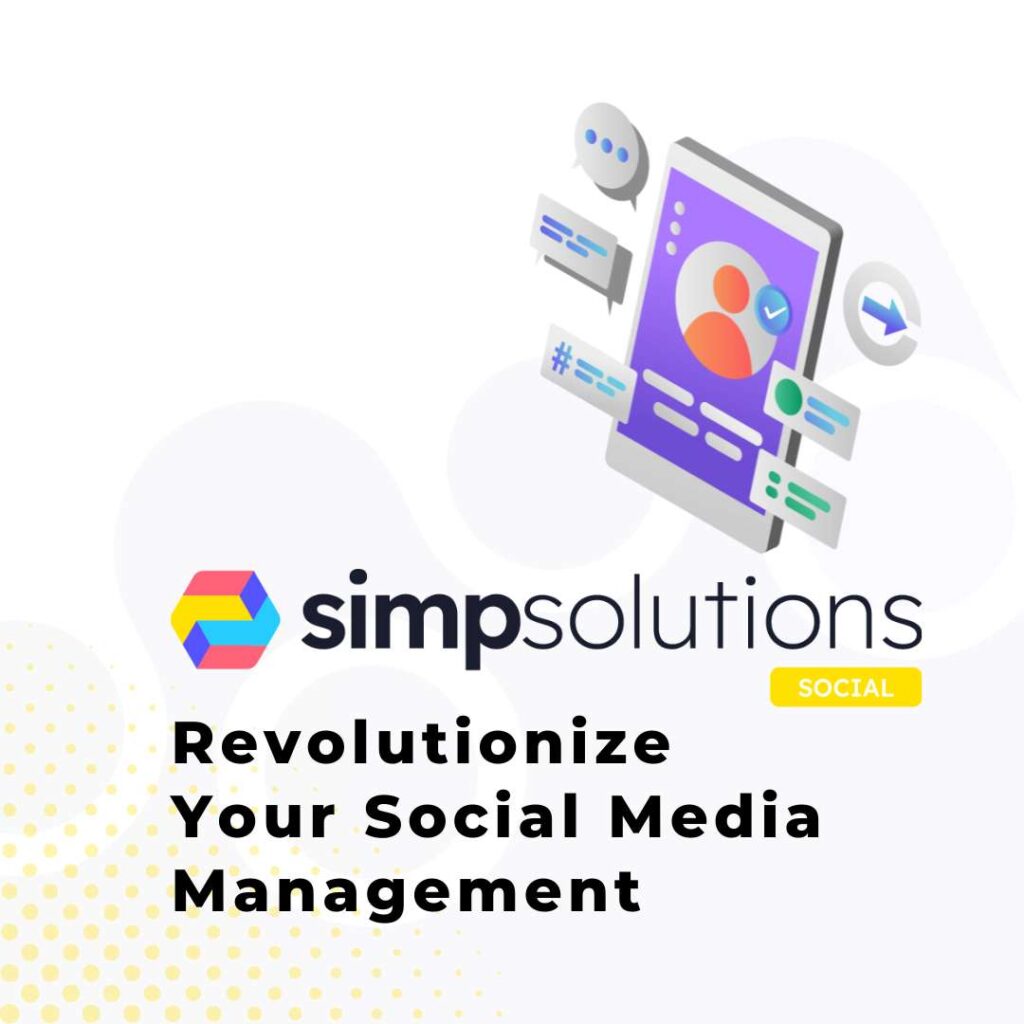Introduction
AI Agents are evolving rapidly, and one of the most significant developments in 2025 is the rise of autonomous AI systems capable of planning and executing complex tasks. These intelligent tools are transforming industries by analyzing vast amounts of data, engaging in sophisticated conversations, and integrating with digital tools and APIs to automate workflows and decision-making.
Unlike traditional automation, which follows rigid, rule-based structures, these systems are highly adaptive. They respond to real-world changes in real time, making them essential for businesses looking to optimize efficiency and reduce operational costs.
As adoption accelerates, organizations across industries are experiencing profound changes. From business automation to finance and healthcare, these systems are streamlining operations, enhancing decision-making, and reducing the need for human intervention in repetitive tasks. This article explores the industries where they are having the greatest impact and the challenges that come with their widespread use.
The Evolution of Autonomous AI Systems
In the early days of automation, most systems were designed to handle basic, repetitive tasks such as data entry and email filtering. While these early tools improved efficiency, they lacked the ability to analyze data, adapt to changing conditions, or make independent decisions.
By 2025, intelligent AI-driven systems have evolved far beyond simple automation. Today’s models use deep learning, natural language processing (NLP), and advanced decision-making algorithms to function autonomously in dynamic environments. They interpret complex data, understand human intent, and execute multi-step tasks with minimal supervision.
For example, an advanced system in finance can track an organization’s transactions in real time, detect irregularities, predict cash flow trends, and suggest strategies for improving financial stability. This level of automation enables businesses to make data-driven decisions faster and more accurately than ever before.
AI in Business Automation
One of the most profound transformations brought by artificial intelligence is in business automation. Companies increasingly rely on these systems to streamline operations, enhance productivity, and automate repetitive tasks that once required human intervention.
In project management, for instance, AI-powered virtual assistants can coordinate teams, set deadlines, track project progress, and optimize resource allocation. These tools analyze employee productivity and suggest adjustments to improve efficiency. Businesses using automation can complete projects faster, reduce human errors, and maximize profitability.
Decision-making in corporate environments has also improved significantly. By integrating with enterprise resource planning (ERP) systems, customer relationship management (CRM) platforms, and financial tools, AI-driven analytics ensure that companies no longer have to rely solely on intuition—strategies are now supported by predictive models and real-time insights.

AI in Customer Service
Customer service has been one of the earliest adopters of artificial intelligence, with businesses leveraging these technologies to enhance customer interactions and streamline support processes. Unlike early-generation chatbots, modern AI-powered tools are designed to understand context, tone, and intent, making their interactions more natural and effective.
Instead of offering pre-scripted responses, these systems analyze customer conversations in real time, detecting sentiment and adjusting their approach accordingly. If a customer is frustrated, for example, an automated assistant can recognize this emotion and modify its response to be more empathetic.
Beyond answering inquiries, AI can anticipate customer needs by analyzing past interactions, purchase history, and behavioral patterns. If a customer frequently orders a particular product, the system might proactively offer discounts or recommend related items. This level of personalization strengthens customer relationships and increases brand loyalty.
One of the most significant advantages of AI-driven customer service is its ability to operate 24/7. Unlike human representatives, these systems do not require breaks, ensuring that businesses can provide continuous customer support without increasing labor costs.
AI in Finance and Banking
The financial sector has been at the forefront of adopting AI-driven automation, and intelligent systems now play a crucial role in fraud detection, risk management, and investment analysis. These tools process enormous volumes of financial data in real time, identifying patterns and anomalies that would be nearly impossible for humans to detect manually.
For example, AI in banking monitors transactions for suspicious activity, flagging unauthorized withdrawals, identity theft attempts, or unusual spending behaviors. Unlike traditional fraud detection methods that rely on static rules, AI-powered security continuously learns from new data, improving its accuracy over time.
Investment firms are also utilizing automation for financial advisory services. AI analyzes market trends, evaluates risk factors, and offers personalized investment recommendations based on a user’s financial goals. With real-time insights and predictive modeling, AI-driven trading platforms allow investors to make better financial decisions faster than ever before.
Additionally, compliance and regulatory processes in finance have been greatly improved through AI automation. These tools ensure that organizations adhere to financial laws by automating regulatory reporting and detecting compliance violations, reducing the burden on human auditors and legal teams.
AI in Healthcare
Healthcare is another industry experiencing profound changes due to artificial intelligence. These systems improve diagnostics, automate administrative workflows, and enhance patient care through intelligent automation.
One of the most significant breakthroughs is AI-assisted diagnostics. Advanced medical algorithms analyze X-rays, MRIs, and lab results, detecting early signs of diseases such as cancer, heart disease, and neurological disorders. By processing vast amounts of patient data in real time, AI helps doctors identify conditions earlier and with greater accuracy.
Beyond diagnostics, AI-powered virtual assistants are improving patient engagement by answering medical inquiries, scheduling appointments, and providing medication reminders. Hospitals are also benefiting from automated record-keeping systems that manage patient files, verify insurance claims, and streamline billing, significantly reducing administrative workload.
Challenges and Ethical Considerations
Despite the many advantages of automation, its widespread adoption raises important ethical and societal concerns. One of the biggest challenges is bias in AI decision-making. Since AI systems learn from historical data, they may inherit biases that can lead to unfair treatment in hiring, financial lending, and law enforcement.
Another major concern is privacy and data security. AI-driven tools require access to sensitive information to function effectively, which raises questions about data protection, regulatory compliance, and user consent. Organizations must implement robust security measures to prevent unauthorized access and ensure ethical AI deployment.
Additionally, there is growing concern about job displacement. As businesses automate more tasks, the demand for certain job roles will decline. While automation creates new opportunities in AI development and system oversight, there is a pressing need for retraining programs to help workers transition into new roles.
Conclusion
The increasing adoption of AI in 2025 is reshaping industries by automating complex tasks, improving efficiency, and transforming customer interactions. From business automation and finance to healthcare and customer service, these intelligent systems are streamlining workflows, optimizing decision-making, and enhancing productivity.
However, as organizations embrace AI-driven automation, it is crucial to address ethical, security, and workforce challenges. Striking the right balance between AI-driven efficiency and human oversight will determine how successfully artificial intelligence integrates into society.
Automation is no longer a futuristic concept—it is happening now. These systems are redefining the way we work, interact, and innovate in the digital age, and their influence will only continue to grow.
FAQs About AI Agents in 2025
What makes AI agents different from traditional automation?
AI agents can understand, plan, and execute tasks dynamically, whereas traditional automation follows fixed rules.
How do AI agents integrate with existing business tools?
They use APIs and machine learning models to connect with CRM, finance, and cloud platforms for seamless automation.
Are AI agents replacing human jobs?
Rather than replacing jobs, AI agents augment human capabilities by automating repetitive tasks and enhancing productivity.
What industries benefit the most from AI agents?
Industries like finance, healthcare, cybersecurity, e-commerce, and business automation are seeing the most impact.
How can businesses start implementing AI agents?
Start by identifying repetitive tasks, integrating AI-powered tools, and gradually expanding AI-driven automation strategies.





